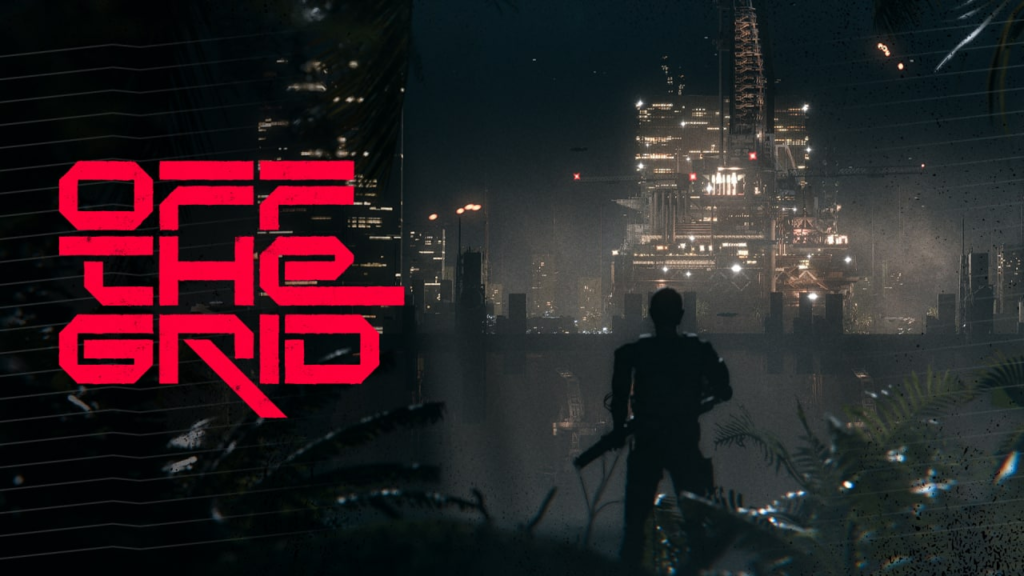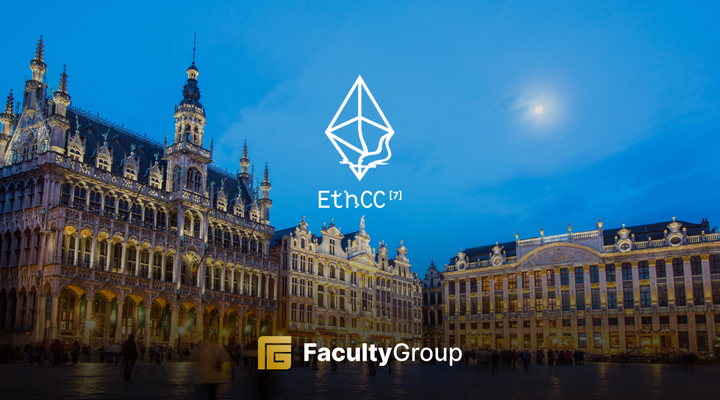NFTs place in gaming culture and the empowerment of its communities

Even though we would all like to think we know exactly what NFTs are, we must not ignore the fact that Non-Fungible Tokens are still a very new technology, not just to crypto-savvy people but most importantly to no-coiners on whose swift adoption the faith of the tech lies in.
Non-fungible tokens are a new form of crypto-collectibles designed to be unique and can’t be copied or duplicated. They can be traded, sold, or gifted to other users on the blockchain. Unlike fungible tokens, which are all identical and interchangeable, non-fungible tokens each have their own set of characteristics.
With the popularity of NFTs exploding in 2021 when the artist known as Beeple sold his digital collage for US$69 Million at an auction, it created a buzz among retail and professional investors who decided not to ignore this emerging tech for any while longer.
First labeled as a new revenue stream for digital artists with serious potential, NFTs have since then been looking to transform the marketplace in multiple areas but primarily have found their comfort zone in the gaming industry.
How NFTs can find their place in gaming culture.
Nowadays there seems to be less difference between the physical and digital worlds. With the increasing global adoption of remote work, it further emphasizes this trend as being unstoppable.
Before it was logical whatever happened in the real world spilled over into the digital, now the opposite seems to be more dominant. The lines are blurred more than ever.
Way more often do we notice ourselves caring more about what happens in the digital realm, more specifically social media.
Today flexing a Lambo is cool, there is no doubt about that, but flexing a rare BAYC to someone experienced in this space is now considered to be more noteworthy. If Steve Aoki buys a Lambo, no one cares, but if he buys a cool NFT suddenly there are 13 different articles on it online within the span of an hour.
Now that the cultural significance of NFTs has been established, let’s talk about the win-win potential it has for consumers and creators alike.
Games having their own economies increase the value of its culture
Just recently a 16-yo playing Fortnite took home a cool US$3 Million by winning a championship that had a total prize pool of US$30 Million. These years Counter-Strike championship PGL Major Antwerp is being viewed by more than 1 million people.
These events are so massive they aren’t simply exclusive to the die-hard fans anymore, gamers and non-gamers alike tune in to watch the live streams nowadays. But most importantly, during the live streams, the casters frequently take note of the extravagant and luxuriously priced cosmetic items they are taking on their competition with.
As of this moment, Counter-Strike is one of the only games out there that sport an open market for all the cosmetic items they sell in-game. This means any cosmetic you buy can also be sold to another user for a price the free market set. Items can appreciate and depreciate in value and are distributed through loot boxes dropped randomly to players who frequently participate in simply playing the game.
The most expensive item in Counter Strike to date was sold for more than US$100,000 with the most recent offer for the “Karambit Case Hardened Blue Gem, Factory New” being US$1.4 Million.
This offer was rejected by the owner who believes it’s worth way more.
CS:GO, a game released in 2012 generated more than US$400 Million in revenue in 2018. With an average increase of 20% per year in revenue, there seems to be no end in sight for its growth.
How NFTs can find their place in gaming culture
Nowadays there seems to be less difference between the physical and digital worlds. With the increasing global adoption of remote work, it further emphasizes this trend as being unstoppable.
Before it was logical whatever happened in the real world spilled over into the digital, now the opposite seems to be more dominant. The lines are blurred more than ever.
Way more often do we notice ourselves caring more about what happens in the digital realm, more specifically social media.
Today flexing a Lambo is cool, there is no doubt about that, but flexing a rare BAYC to someone experienced in this space is now considered to be more noteworthy. If Steve Aoki buys a Lambo, no one cares, but if he buys a cool NFT suddenly there are 13 different articles on it online within the span of an hour.
Now that the cultural significance of NFTs has been established, let’s talk about the win-win potential it has for consumers and creators alike.
Games having their own economies increase the value of its culture
ust recently a 16-yo playing Fortnite took home a cool US$3 Million by winning a championship that had a total prize pool of US$30 Million. These years Counter-Strike championship PGL Major Antwerp is being viewed by more than 1 million people.
These events are so massive they aren’t simply exclusive to the die-hard fans anymore, gamers and non-gamers alike tune in to watch the live streams nowadays. But most importantly, during the live streams, the casters frequently take note of the extravagant and luxuriously priced cosmetic items they are taking on their competition with.
As of this moment, Counter-Strike is one of the only games out there that sport an open market for all the cosmetic items they sell in-game. This means any cosmetic you buy can also be sold to another user for a price the free market set. Items can appreciate and depreciate in value and are distributed through loot boxes dropped randomly to players who frequently participate in simply playing the game.
The most expensive item in Counter Strike to date was sold for more than US$100,000 with the most recent offer for the “Karambit Case Hardened Blue Gem, Factory New” being US$1.4 Million
This offer was rejected by the owner who believes it’s worth way more.
CS:GO, a game released in 2012 generated more than US$400 Million in revenue in 2018. With an average increase of 20% per year in revenue, there seems to be no end in sight for its growth.
Player-focused economies with P2E and NFTs
Project Gunzilla, currently a leader in the P2E blockchain industry, is looking to tie NFTs and token systems successfully into their new game Off The Grid.
Gunzilla Games announced on 5th of May OTG (Off The Grid), an all-new AAA Battle Royale third-person shooter, due for release on PlayStation®5, Xbox® Series X|S and PC, and expected to arrive in 2023.
Set within a dystopian future, the cyberpunk-styled shooter plans to evolve the genre through a strong emphasis on narrative progression, led by Chief Visionary Officer Neill Blomkamp and Script Writer Richard K. Morgan. In addition, industry veteran Olivier Henriot (Far Cry, Assassin’s Creed) assumes the role of Executive Narrative Director, ensuring a wealth of top-tier talent to bring the world of OTG to life.
The highest-grossing video games today such as Fortnite and CS:GO have thriving economies designed exclusively around cosmetics players can buy to flaunt and flex on their opponents and friends.
While Valve with CS:GO gives some power to its players through open market item-based economies, Gunzilla would give the key to the city to the players as NFTs offer the potential for more decentralization and with it substantially lower market fees.
One must not undermine the importance of decentralization as it protects players and traders from being banned for subjective reasons or having their economical opportunities limited by a centralized authority.
Traditional gaming companies are notorious for being slow listeners of their communities, more decentralization would give the players more voting power. Essentially allowing their fan base to own a part of the franchise they love.

Off The Grid is due for release on PlayStation®5, Xbox® Series X|S and PC, and is expected to arrive in 2023.
The way Gunzilla Games have envisioned OTG’s economy is through players participating in the game and earning NFT Cubes as part of the loot system (if you have a battle pass — Cubes + Gun tokens). They will then take these NFT cubes and try to decode them offering them an assortment of rewards such as cosmetics, weapons, armor, character slots, etc…
Players will be able to sell those rewards for gun tokens or buy them on the market. Now with Gun tokens, you will be able to purchase cosmetics from the NFT marketplace, upgrade hideouts, and pay entry fees to tournaments. Perhaps the most exciting part Gunzilla Games have envisioned for their economy is buying an in-game NFT property that you can potentially rent to other players creating a passive income.
Games will … become what films were in the 20th century, They’ll just be the thing that is the dominant form of cultural entertainment.Neil Blomkamp, Chief Visionary Officer
Faculty is thrilled to be teamed up with Gunzilla Games to support with the development of a seamless NFT integration on the backend architecture of Off The Grid.








